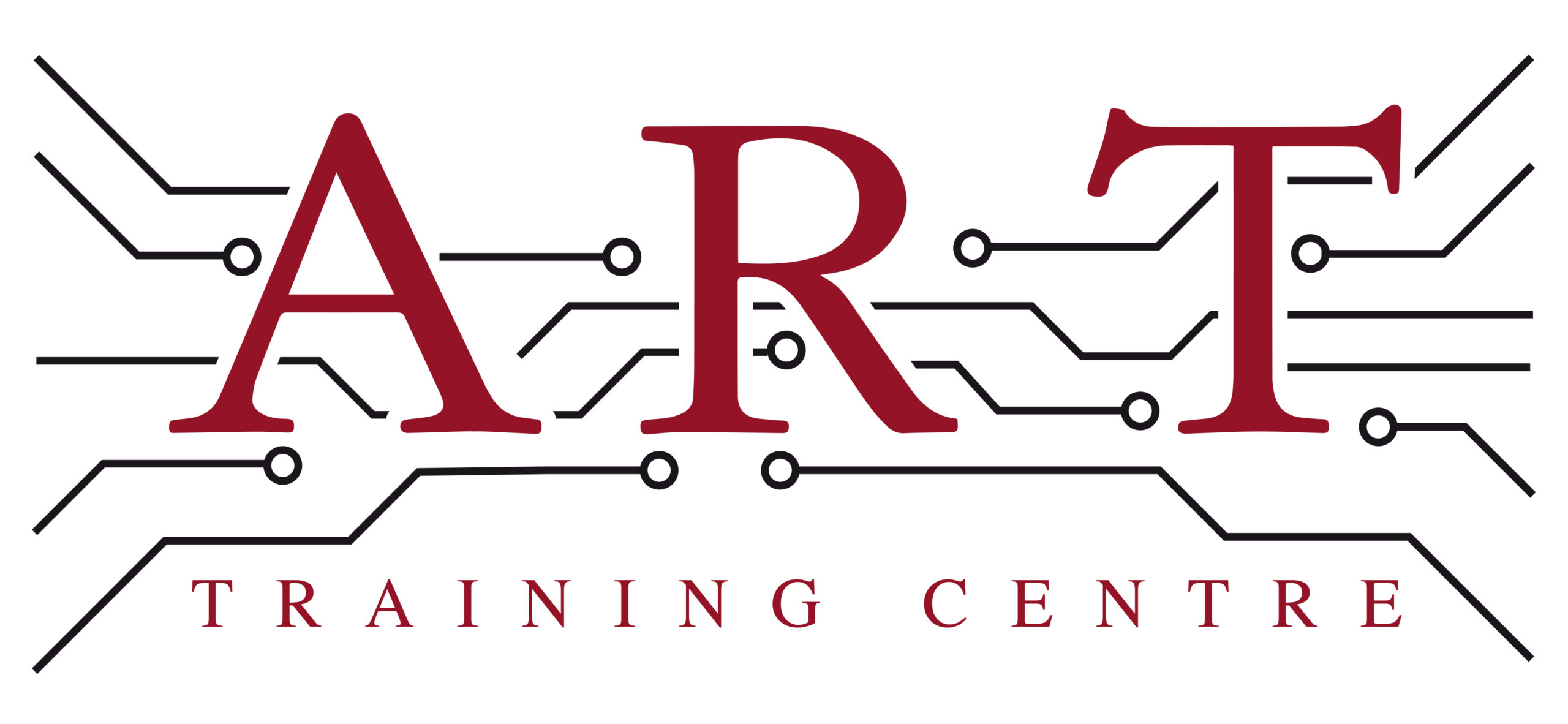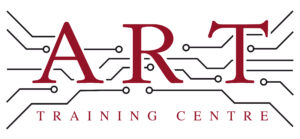Definition
Encapsulation is a process in electronics manufacturing where components, such as integrated circuits, are coated with a protective material. This layer shields the components from environmental factors like moisture, dust, and mechanical stress. Encapsulation enhances the durability and reliability of electronic devices, making it an essential concept in the production and rework of electronic assemblies.
How It’s Used in the Industry
Encapsulation is applied in electronics assembly primarily to protect sensitive components on printed circuit boards (PCBs). The process involves applying a resin or polymer over the components after soldering to create a robust barrier. This is crucial during soldering, as it prevents oxidation and moisture ingress. For technicians in training, understanding encapsulation is vital for ensuring the longevity of devices. Experienced professionals also rely on encapsulation to meet industry standards and improve the reliability of their products, especially in harsh environments.
History & Origins
Encapsulation became common in electronics manufacturing during the mid-20th century, coinciding with the rise of integrated circuits. As technology advanced, the need for protective measures grew, leading to the development of various encapsulation materials and techniques. Key standards, such as those from IPC, emerged to guide encapsulation practices, ensuring consistency and quality in manufacturing. The evolution of encapsulation reflects the industry’s response to increasing demands for reliability and performance in electronic devices.
Variations
There are several variations of encapsulation, including potting, conformal coating, and moulding. Potting involves encasing components in a solid resin, while conformal coating is a thin layer that protects without adding significant bulk. Moulding typically refers to shaping the encapsulating material around the component. Each method serves distinct purposes and is chosen based on factors like environmental exposure and component sensitivity, helping learners understand the best practices for different applications.
Modern Applications
Today, encapsulation is crucial in electronics production and repair, especially for surface mount and through-hole technologies. It ensures that assembled devices meet quality and reliability standards, particularly in sectors like automotive and aerospace. Encapsulation helps manufacturers comply with IPC standards, which are essential for maintaining product integrity. Additionally, it plays a significant role in professional training, as understanding encapsulation techniques is vital for ensuring the longevity and performance of electronic products.
Practical Tips & Training
When working with encapsulation, it’s important to wear appropriate safety gear, such as gloves and goggles, to protect against chemicals used in the process. Inspect encapsulated components for uniformity and proper coverage to ensure effectiveness. Tools like digital microscopes can aid in inspection. Structured training and certification in encapsulation techniques are essential for technicians to develop the skills needed for high-quality electronics manufacturing and repair.


